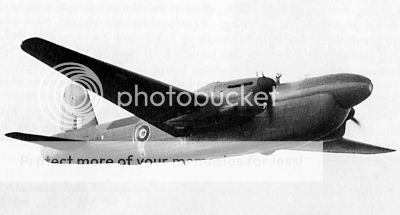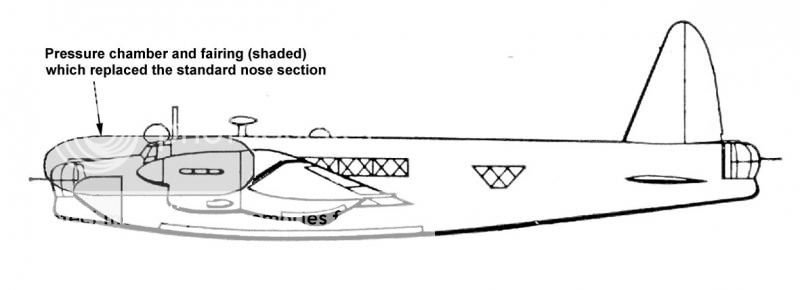Dark Alley Dan
CGN Ultra frequent flyer
- Location
- Darkest Edmonton
Holy snot - never seen that before.
The back 80% of her is Wellington, but is the front all bomb? Or zeppelin? Pressure vessel? An unfortunate tumour?
The back 80% of her is Wellington, but is the front all bomb? Or zeppelin? Pressure vessel? An unfortunate tumour?


















































































